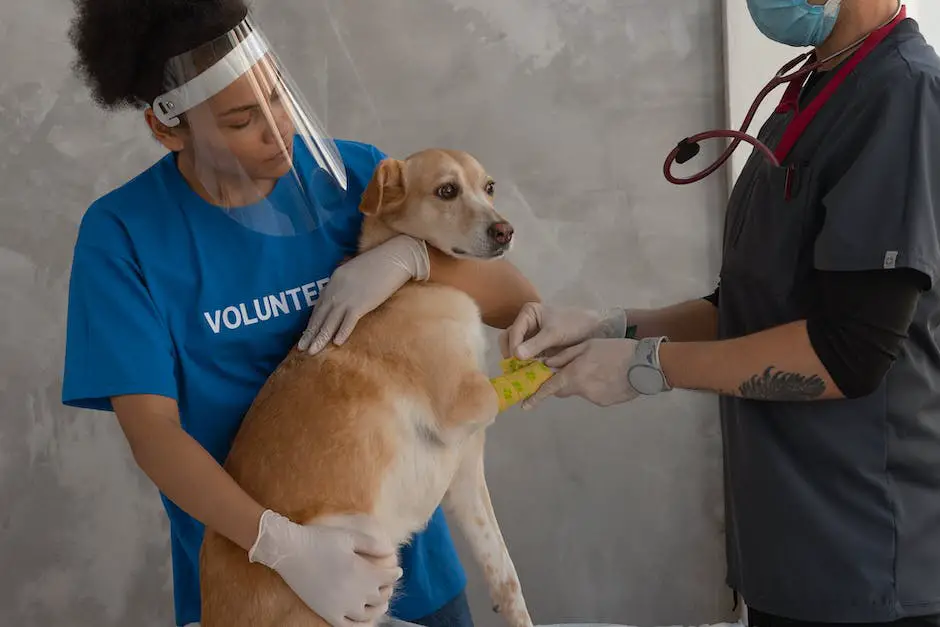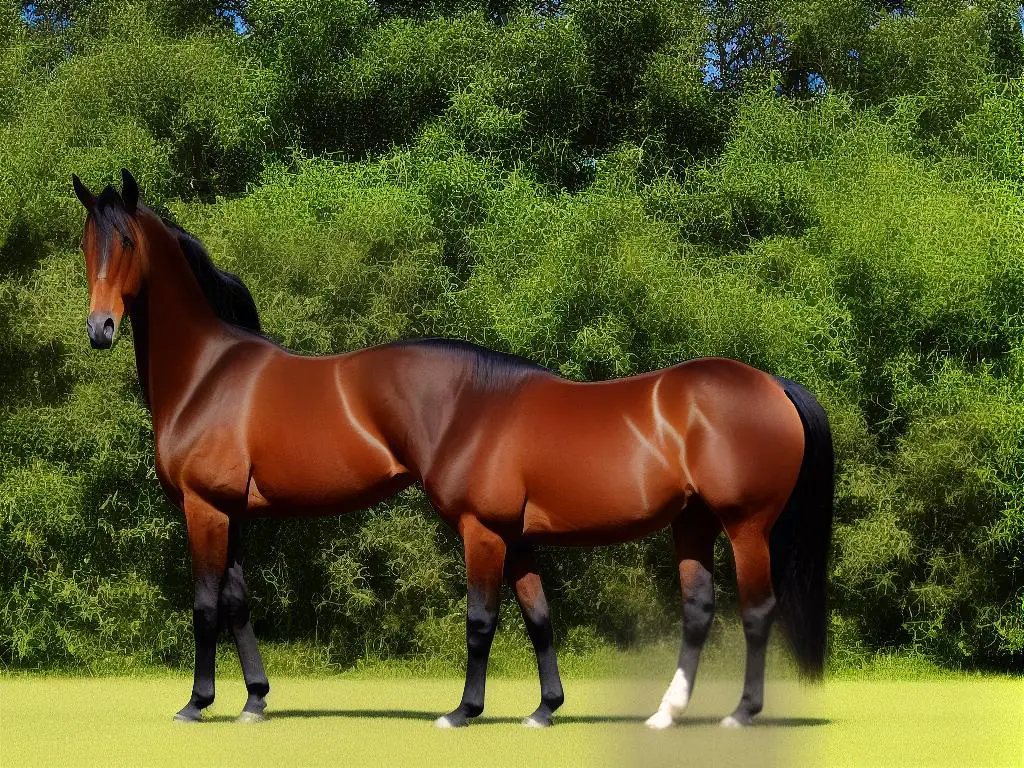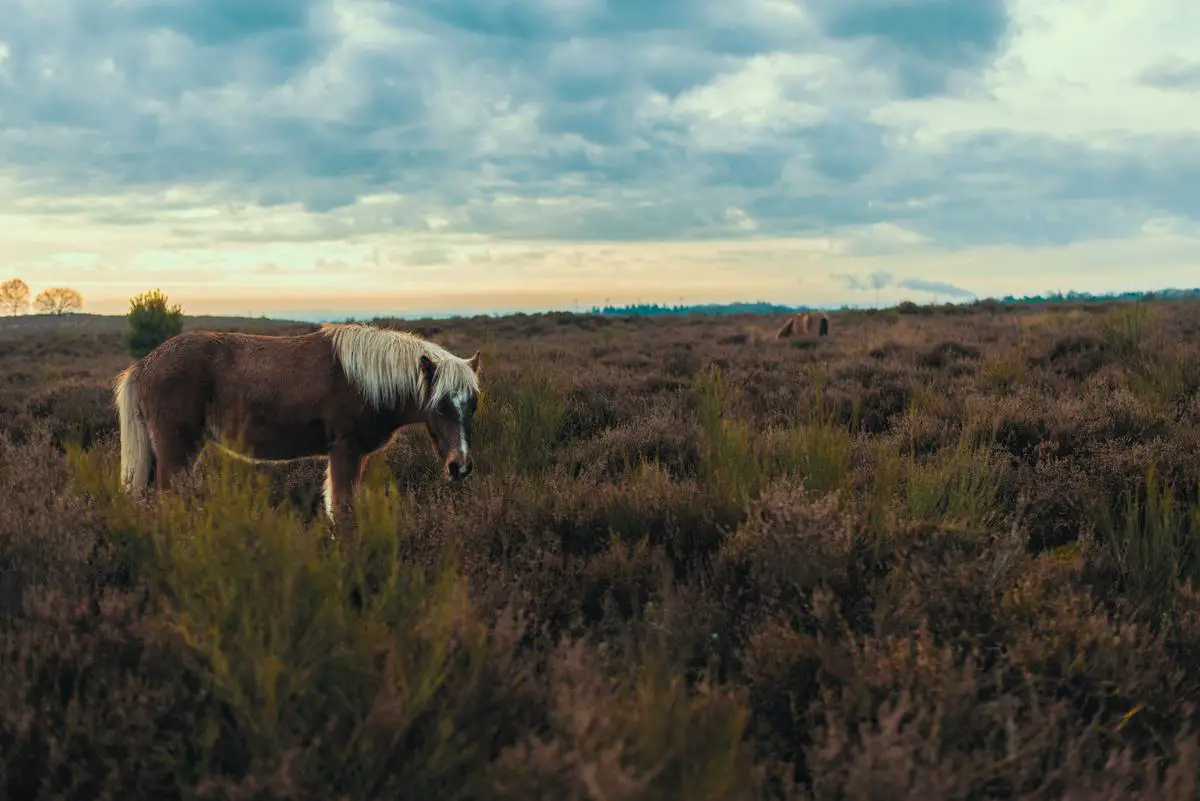Are you an equestrian enthusiast or hobbyist looking to adopt a Saddlebred horse? In this comprehensive guide, we delve into the world of Saddlebred horses and provide essential knowledge and tips to help you become skilled in adopting and caring for these magnificent creatures.
Table of Contents (Horspedia)
Saddlebred Horse Breed Profile
The Saddlebred horse breed, also known as the American Saddlebred, boasts a rich history that dates back to the 18th century in the United States. Developed in Kentucky, this breed is a result of crossbreeding Thoroughbreds, Morgans, and Narragansett Pacers. Saddlebreds played a significant role in the history of the United States, serving as cavalry mounts during the Civil War. Their elegant appearance and exceptional athletic abilities made them a popular choice among horse enthusiasts, leading to the establishment of the American Saddlebred Horse Association in 1891 to preserve and promote the breed.Physically, Saddlebreds are well-known for their refined appearance and graceful movements. They typically stand between 15 and 17 hands high and have a sleek, muscular build. The breed features an arched neck, sloping shoulders, strong back, and long, sloping hindquarters. Their expressive eyes and chiseled head further contribute to their aesthetic appeal. Saddlebreds come in various colors, including chestnut, bay, black, gray, and palomino. They are particularly recognized for their high-stepping, animated gaits in the show ring, which include the walk, trot, canter, slow gait, and rack.When adopting a Saddlebred horse, potential owners must familiarize themselves with the breed’s distinct personality traits. Saddlebreds are known for their intelligence, sensitivity, and willingness to please their riders. As quick learners and highly adaptable animals, they excel in various equestrian disciplines. Although they are traditionally used for show competitions like saddle seat and driving, their elegant, flashy presence makes them stand out in the show ring. Saddlebreds are also versatile enough to participate in other disciplines such as dressage, jumping, and trail riding. Their spirited yet good-natured demeanor makes them perfect companions for horse enthusiasts looking to adopt a beautiful and capable equine partner.

Assessing Your Experience Level
Prior to adopting a Saddlebred horse, individuals must accurately assess their personal experience level in the equestrian world. A thorough self-assessment will help ensure a harmonious and productive partnership between the rider and the horse. By recognizing their own abilities, limitations, and readiness to take on the responsibilities associated with caring for a Saddlebred, potential owners can set realistic expectations and pave the way for a successful relationship with their new equine companion.
Saddlebred horses are known for their versatility, which makes them suitable for riders with varying experience levels. For beginners, these horses are often gentle and willing, making them ideal for those who are just starting to learn the basics of riding. Intermediate riders can continue honing their skills with the Saddlebred’s smooth gaits and responsive nature, while advanced riders can take full advantage of the Saddlebred’s impressive athleticism and ability to perform in various disciplines such as dressage, jumping, and driving.
Adopting a Saddlebred horse is an exciting endeavor for enthusiasts and hobbyists, but it also comes with significant time and financial commitments. Expenses such as boarding, feed, veterinary care, and training are essential considerations for potential owners. Ensuring you have the necessary resources to care for a Saddlebred horse is crucial. Additionally, a support system, like an experienced trainer or fellow equestrians, can make a huge difference in your success. Joining a community with a shared passion for these magnificent horses can lead to a more rewarding and enriching experience for both you and your Saddlebred companion.

Preparing for Adoption
As you prepare for the adoption of a Saddlebred horse, remember that this responsibility requires thorough planning in terms of stabling, feeding, and general care. Start with arranging a suitable living space that caters to the horse’s basic needs and physical well-being. This includes securing a clean, dry, and well-ventilated stable with ample room for the horse to lie down and move comfortably. Additionally, Saddlebreds need access to a safe turnout area for daily exercise and socialization with other horses. Be sure to maintain proper fencing to prevent injuries. As you embark on this exciting journey of adopting and caring for a Saddlebred horse, having a well-organized plan and support system in place will ensure a smooth and enjoyable experience.
Establishing an appropriate feeding routine is crucial for maintaining the health of your Saddlebred, as their nutritional requirements depend on factors such as age, size, and activity level. A balanced diet typically consists of good-quality forage, grain, and water, along with essential vitamins and minerals. In consultation with a veterinarian or equine nutritionist, regularly evaluate and adjust the horse’s diet as needed to ensure they receive the necessary nutrients and maintain optimal body condition. It’s also necessary to provide adequate dental care and deworming to reduce the risk of illness and maximize nutrient absorption.
When adopting a Saddlebred horse, it’s crucial to estimate the financial costs involved in both the initial adoption and ongoing maintenance. These expenses include the one-time cost of purchasing the horse, and recurring expenditures like boarding, feeding, veterinary care, farrier services, and insurance. Additionally, budgeting for equipment such as saddles, bridles, grooming tools, and essential safety gear is necessary. By thoroughly researching and accounting for these various costs, you can ensure a rewarding and fulfilling experience adopting a Saddlebred horse while providing the best possible care for your equine companion.

Selecting the Right Saddlebred
When searching for the perfect Saddlebred horse to adopt, carefully evaluate factors such as age, training level, temperament, and health to find the right match for your needs and goals. Start by considering the horse’s age and whether it aligns with your expectations and riding experience. For example, younger horses might require more time and training, while older horses can possess greater experience and patience. Taking these aspects into account and making informed decisions will lead to a smoother and more enjoyable adoption process, ultimately resulting in a successful and nurturing relationship between you and your Saddlebred horse.
Training level plays a crucial role in selecting a Saddlebred horse, as it will influence the sort of activities you can do together. If you are a novice rider or you want to participate in competitive events, a well-trained Saddlebred with a solid foundation in riding and handling will be ideal. However, if you simply wish to enjoy leisurely rides or are willing to put time and effort into training, a Saddlebred that is less experienced may still be a suitable option. Keep in mind that the horse’s temperament will also affect your compatibility. Look for a Saddlebred with a calm demeanor, as they tend to be more adaptable and easier to handle in various situations.Lastly, the health of the horse cannot be overlooked, as it plays a crucial role in the horse’s ability to perform and carry out tasks. Before adopting a Saddlebred, ensure you conduct a thorough veterinary examination to check for any underlying issues or disabilities that could hinder the horse’s performance. It is important to take note of any signs of lameness or stiffness, which could be indicative of joint or muscular problems. By carefully considering the age, training level, temperament, and health of a Saddlebred, you can increase the likelihood of finding the perfect horse to match your needs and goals.

Saddlebred Adoption Process
Another important aspect of adopting a Saddlebred horse is finding a reputable adoption organization that specializes in these beautiful and versatile horses. Begin by researching local equine rescue groups or national organizations such as the American Saddlebred Horse Association (ASHA) and their affiliated rescue partners, which can provide information on available horses and their backgrounds. It may also be beneficial to attend Saddlebred equine events and speak with the horse community to find adoption programs with positive feedback and a good track record. Social media platforms and online forums can also be an excellent source of information on rescue groups and adoption experiences, helping you to make a well-informed decision that ensures the health and wellbeing of both you and your new Saddlebred horse.
Once you have found a reputable adoption organization, the next step is to complete an adoption application or agreement. This usually involves providing personal information, including your experience with horses, your intended purpose for the horse, and references from veterinarians or other horse professionals. Some organizations might have specific requirements for adopting, such as a minimum level of experience, adequate facility, or proof of financial ability to care for the horse. After your application is approved, the organization may conduct a site visit to ensure a safe environment and appropriate care before finalizing the adoption.
Understanding the associated fees and legal requirements is an essential aspect of adopting a Saddlebred horse. Adoption fees may vary depending on the organization, the horse’s age, training, and health. These fees generally help cover the rescue organization’s expenses, such as veterinary care, food, and maintenance costs. Additionally, be aware of any state and local laws or regulations relating to horse ownership, such as licensing, vaccinations, and the transportation of horses across state lines. Being well-informed and prepared ensures a smoother transition in bringing your adopted Saddlebred horse to its new home and can enhance the rewarding experience of providing a loving, forever home for one of these magnificent animals.

Integrating Your New Saddlebred
As you transition your newly adopted Saddlebred horse into its new environment, establishing a strong bond and addressing any training or behavioral challenges is crucial. Keeping the surroundings calm and quiet when bringing your Saddlebred to its new home can reduce stress and ease the transition.
Start by gradually introducing your horse to its new living space, beginning with its stall and then moving to the pasture and other areas over time. Being patient and consistent with your horse is imperative during this period, as they may feel nervous or scared and need reassurance from you. Creating a stable routine helps acclimate your Saddlebred to its new environment, fostering a sense of security and paving the way for a smooth and enjoyable experience together.
In order to build a trusting relationship with your Saddlebred, spend time daily grooming and interacting with your horse. Engaging in positive, low-stress activities will help you bond with your new equine friend. During this time, pay close attention to your horse’s body language and emotional state, as this will provide valuable clues about its comfort and readiness for training. Additionally, familiarize yourself with your horse’s specific personality and preferences to better address any issues that may arise during training or daily routines.
As you begin the journey of adopting and integrating your Saddlebred horse into its new routine, it’s important to recognize that training and addressing behavioral challenges may require the expertise of a professional. Seeking assistance from a qualified trainer or equine behaviorist when encountering issues you feel unprepared to handle is essential. Building trust and understanding with your newly adopted Saddlebred will help create a strong foundation upon which any challenges that may arise throughout the years can be addressed. By staying attentive, patient, and consistent, you will ensure a successful integration and lay the foundation for a long-lasting and fulfilling relationship with your new horse.

Photo by sanderweeteling on Unsplash
Continuing Education and Training
Furthering your education and training in the care and riding of Saddlebred horses can be best achieved by engaging with a professional trainer who specializes in the breed. These trainers possess years of experience working with Saddlebred horses and can offer valuable insights into the breed’s specific needs and characteristics. You can find such trainers by contacting local equestrian centers and horse clubs, asking for recommendations from fellow Saddlebred enthusiasts, or searching online directories for Saddlebred trainers in your area. Collaborating with a skilled trainer ensures that you receive tailored instruction focused on the unique needs and requirements of a Saddlebred horse, allowing you to establish a solid educational foundation for your ongoing involvement with the breed.
In addition to working with a professional trainer, attending clinics and workshops can also be a valuable way to expand your knowledge and skills relating to Saddlebred horses. These events are often hosted by equestrian organizations, breed associations, and professional trainers, and provide an opportunity to learn from a variety of experts in the field. Topics covered at these events can range from riding techniques and training methods to more specialized subjects, such as the history and development of the Saddlebred breed, or the specific care requirements of these horses. By participating in clinics and workshops, you can network with other Saddlebred enthusiasts, gather useful resources, and gain hands-on experience that will help you care for and ride your Saddlebred horse.
As an equestrian enthusiast, it’s also essential to keep informed of the latest research and developments relating to horse care and training methodologies. One way to stay up-to-date on this information is by taking online courses or subscribing to equestrian publications that focus on Saddlebred horses or broader horsemanship topics. Online courses are often offered through equestrian associations or educational websites like TheHorse.com and can include video lessons, reading materials, and interactive discussions with other students and instructors. Similarly, equestrian magazines and journals, such as Saddle & Bridle, Saddle Horse Report, and Horse Illustrated, often provide articles and feature stories specifically related to the Saddlebred breed, as well as more general information on equine care and training. By continually engaging with these resources, you can continue to refine and expand your equestrian skills while increasing your understanding of Saddlebred horses and their unique characteristics.

By the end of this journey, you will have a thorough understanding of Saddlebred horses, the skills needed to care for them, and the resources available for continued education and training. Embrace the opportunity to welcome a Saddlebred horse into your life and develop a lasting bond. With dedication and passion, you can become a successful Saddlebred horse owner and share in the joy, pride, and satisfaction of this fulfilling equestrian endeavor.
